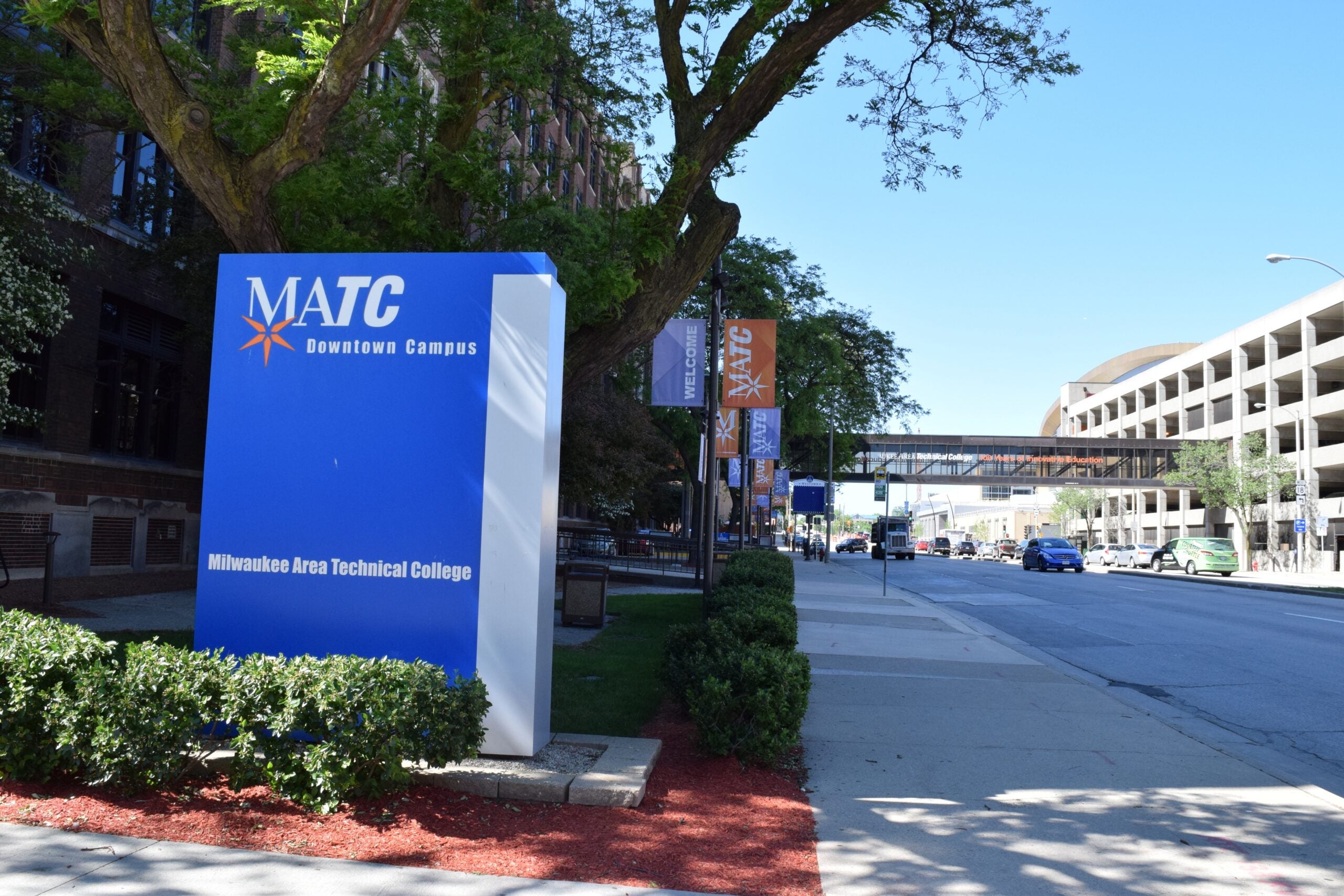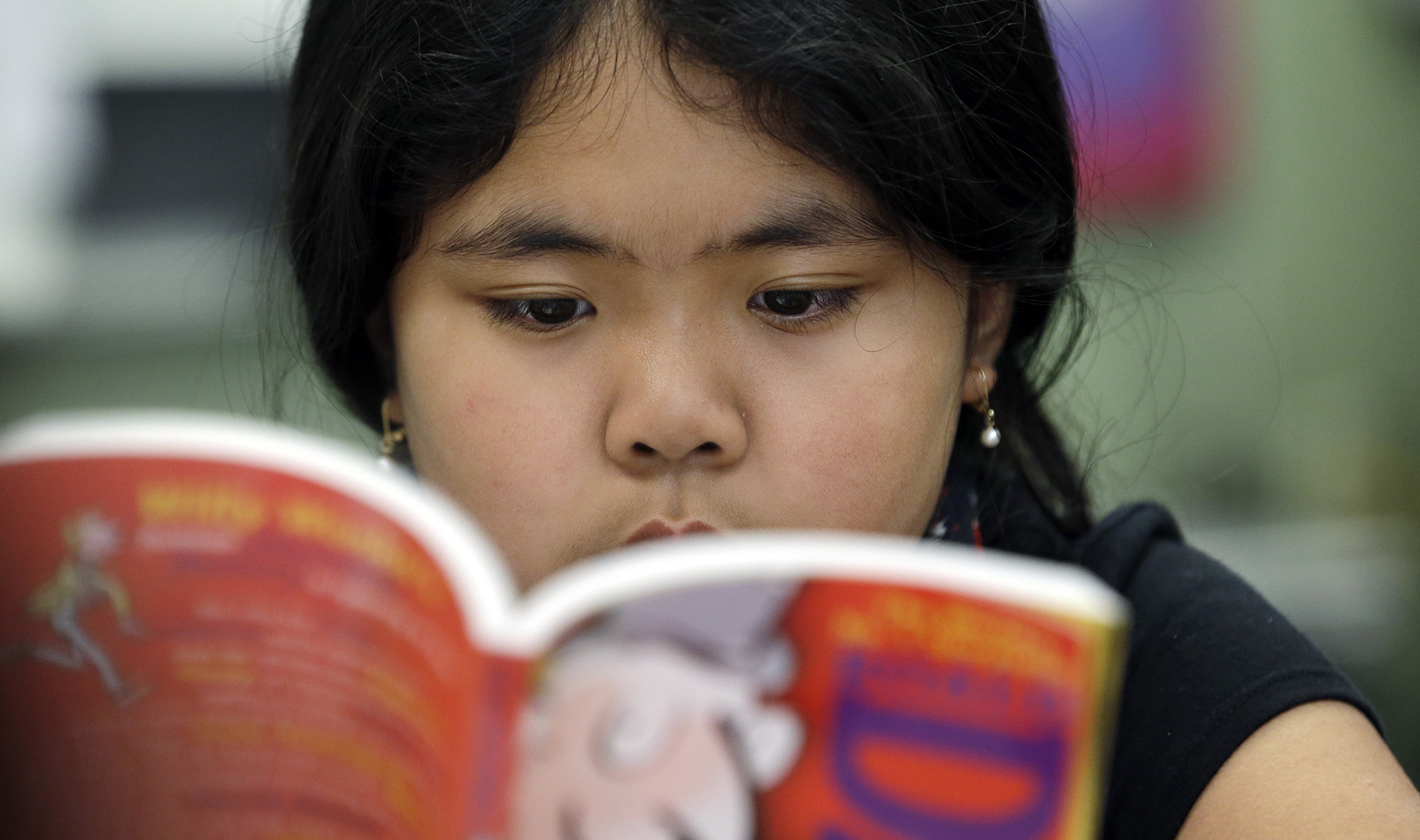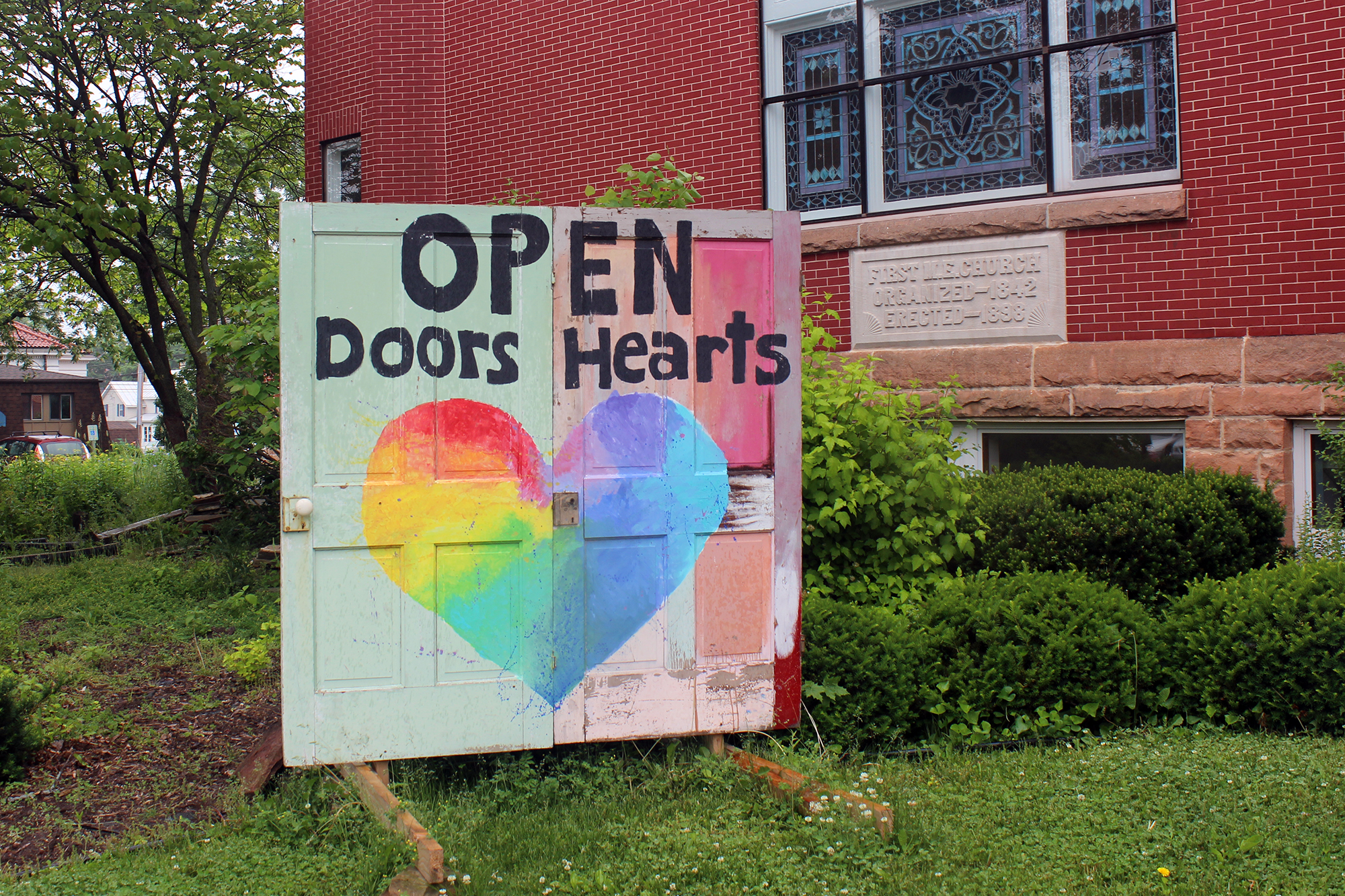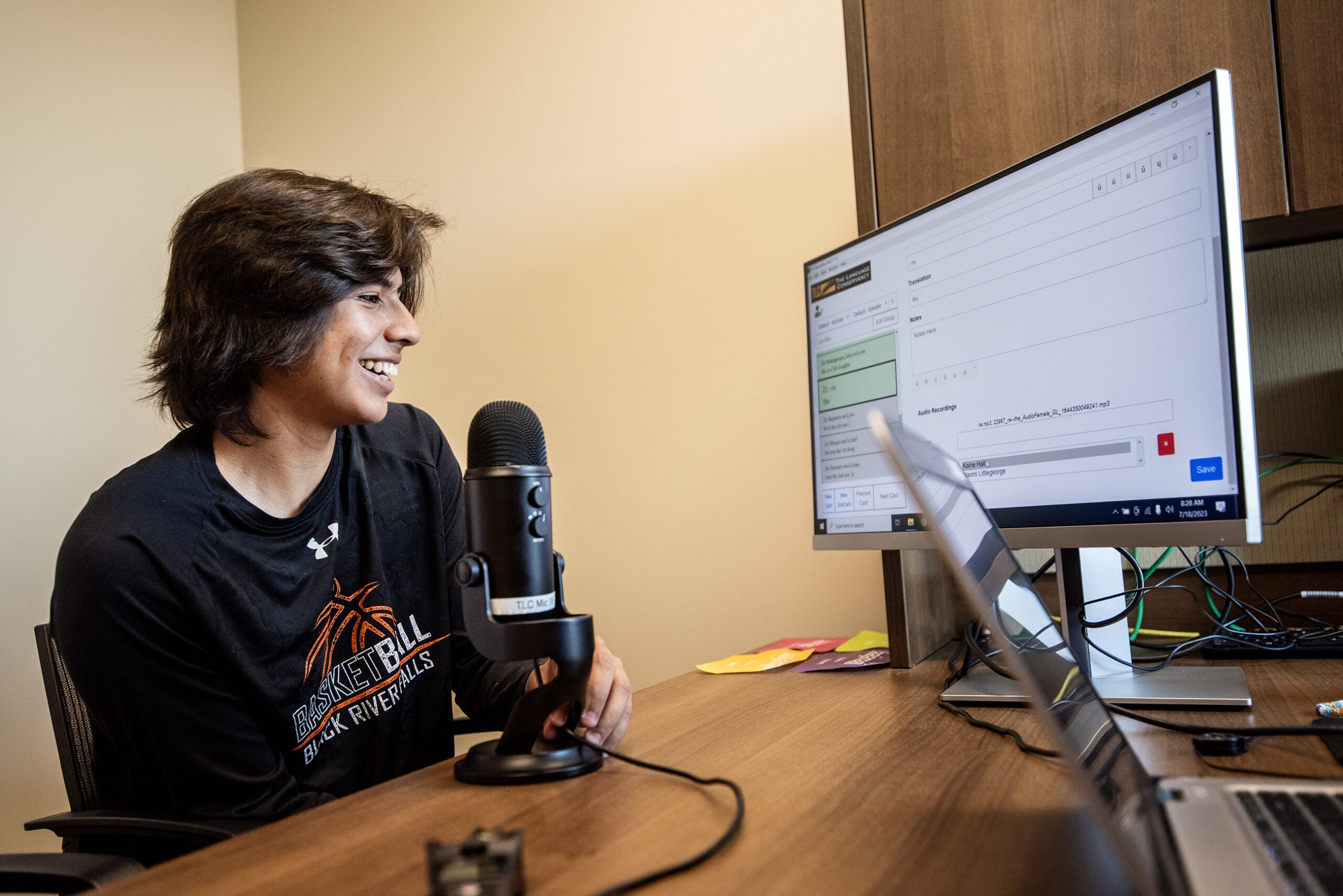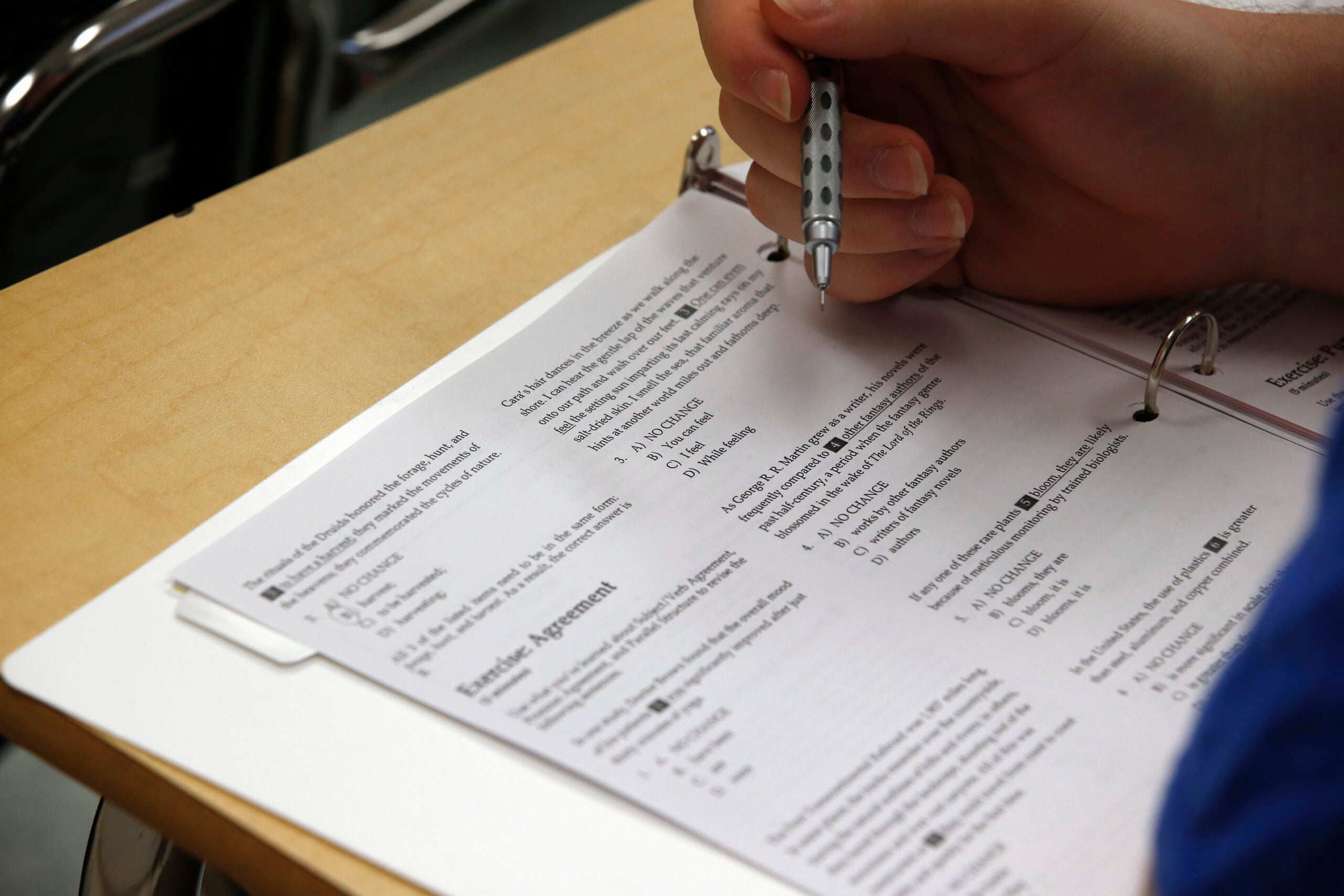As a new effort to raise the compensation for people wrongfully convicted of crimes resurfaces in the state legislature, an Innocence Project attorney shares his take on how exonerees should be treated by the state. Many bilingual schools were meant to serve the children of immigrants, but middle class families are enrolling their children for different reasons. We talk about the tension. Also, we learn about the history of public bath houses, or natatoria, in Milwaukee.
Featured in this Show
-
An Effort To Raise Compensation For The Wrongfully Convicted Resurfaces
A bill aiming to raise compensation for people who were wrongfully convicted of crimes has resurfaced in the state legislature. A bipartisan group of lawmakers have been trying to pass the bill for several years, but have encountered pushback. We’ll get one attorney and exoneree’s take on how innocent people who have been wrongfully charged with a crime should be compensated.
-
The Rise And Fall Of Natatoria In Milwaukee
In 1888, Milwaukee opened its first public natatorium, which would be the first of seven in the city. The natatoria attracted hundreds of thousands of people each year, offering bathing facilities, swimming pools, and even a library. An historian is with us to talk about the natatoria at their peak and what’s happened to the buildings since.
-
Advocates Worry Bilingual School Popularity Pushes Out Non-Native English Speakers
One in five American children speak a language other than English in their homes.
For those children, dual immersion programs — where children are taught academic content in two languages — can be helpful, says Conor Williams, a senior researcher at New America’s Early Education Initiative.
“This allows them to learn each language through the subjects, not just as an isolated topic,” he said. “Anyone who took a high school language course knows that if you’re studying verb tenses and just memorizing vocabulary, that’s no way to learn a language.”
Williams said these classrooms work best with a range of students including both native English speakers and native speakers of another language, such as Spanish.
However, he says these schools are becoming increasingly popular among white, middle class families, leading some to worry the growing interest will push out English language learners.
Having a majority of students who are native English speakers also makes the dual immersion model less effective for those English language learners who remain in the schools.
“If you have a class full of English speaking first-graders … and you have one Spanish-speaking teacher … there’s still the only one of her,” he said. “When she’s not the one doing the talking, it’s likely that the class defaults back to English over and over, in social interaction.”
In Williams’ Washington, D.C. neighborhood, thousands of children are on the waiting list to attend preschool at the local, public dual immersion school.
It’s a trend that has mirrored the area’s changing neighborhoods.
“There are neighborhoods that have gentrified out and that’s pushed a great many traditionally underserved students and their families out of these neighborhoods, many of whom are English language learners,” he said. “So as the neighborhood gets whiter and wealthier and more English language dominant, the school does, too.”
That’s not to say that white, English-speaking children can’t benefit from bilingual immersion. But it’s complicated.
“It would be, in fact, optimal if every kid who went through U.S. public schools came out multilingual. That would be a great goal to shoot for,” he said.
However, he says a very small percentage of teachers are actually prepared to teach in a bilingual setting.
There are about half as many bilingual teachers as there are students, Williams said. That means these schools are few and far between, and space in one of these schools is rare.
“The idea with immersion — you can get at kids when their brains are more flexible, they still have more room to accommodate as second language,” he said. “Because it actually wires kids’ brains differently when they’re growing up.”
-
The Middle-Class Takeover Of Bilingual Schools
One type of multilingual school system known as dual-immersion allows students with varying language skills to thrive in a space together by rotating the language of instruction. While the dual-immersion system fulfills a lot of needs in the modern school system, their rapidly growing popularity among middle class populations may be undermining its original purpose.
Episode Credits
- Rob Ferrett Host
- Haleema Shah Producer
- Dean Knetter Producer
- Natalie Guyette Producer
- Jarrett Adams Guest
- Bobby Tanzilo Guest
- Conor Williams Guest
Wisconsin Public Radio, © Copyright 2024, Board of Regents of the University of Wisconsin System and Wisconsin Educational Communications Board.

